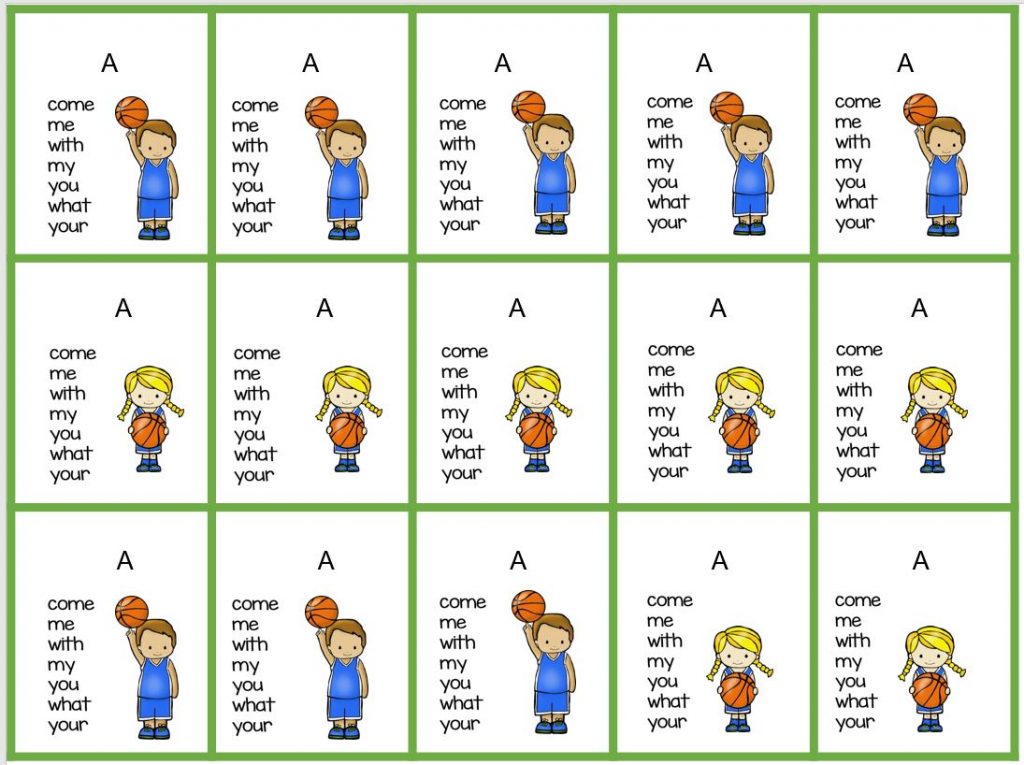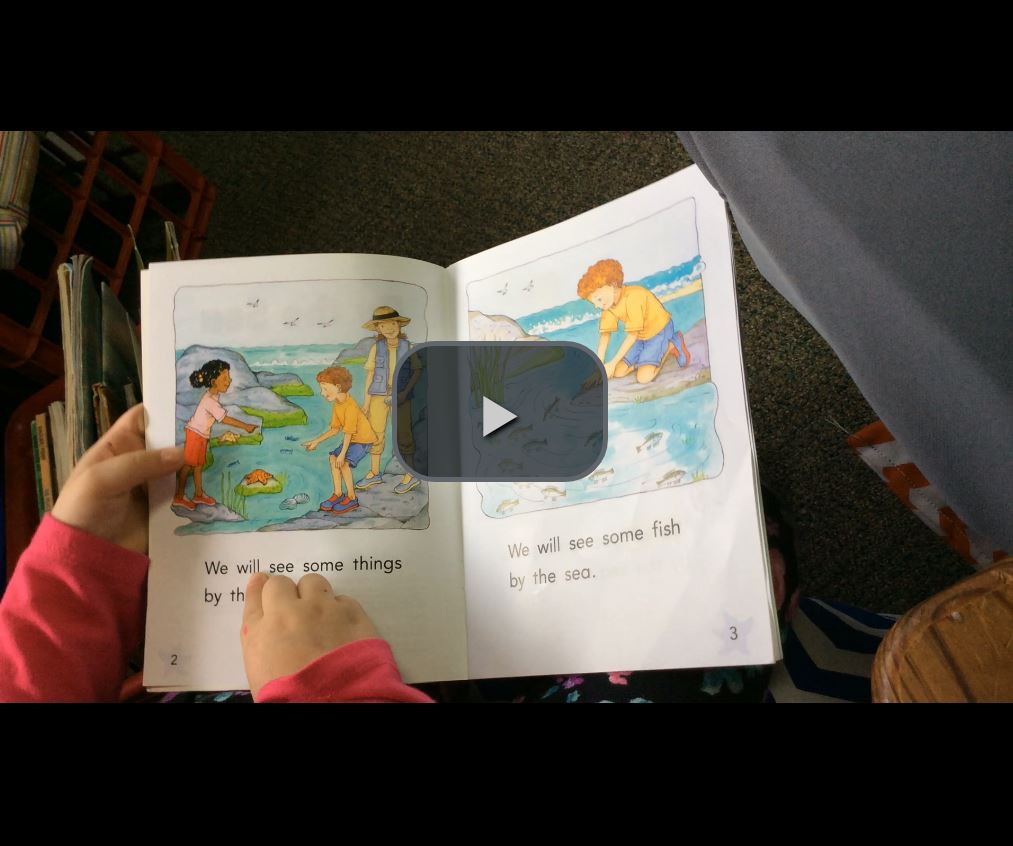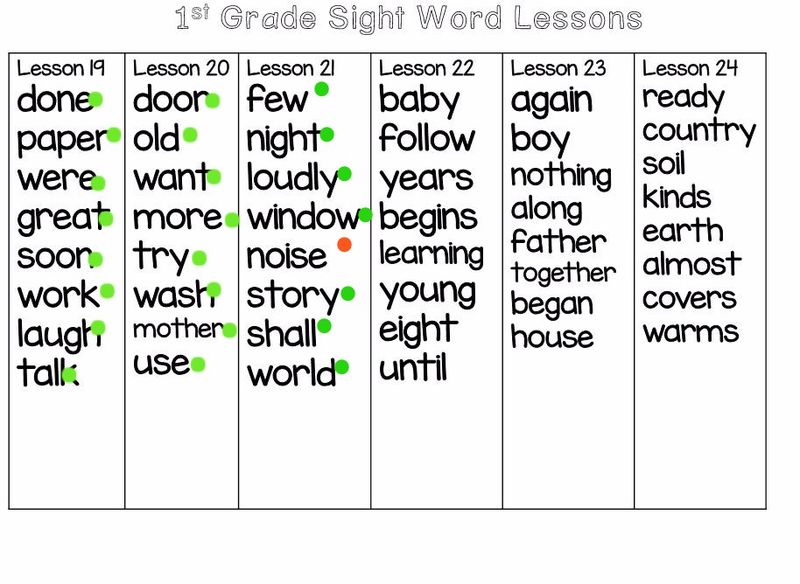This has been a year of wonderful progress for my kinders! And this post has been on my mind for a month! How are 3/4 of my class reading above grade level? I want to share what has worked for us!
As all teachers know, our time is highly structured with lessons, small group instruction and centers, special classes, lunch, recess and more! It becomes increasingly hard to find time to have students actually practice the art of reading for fluency. This lack of time for real practice can take its toll on reading progress. Therefore, it is imperative we “find” the time to MAKE it happen!
My First BIG Goal:
I have been a fan of morning work in the past, but morning work time is a time where there is teacher choice. In my class morning work has become part of our Early Finisher tub choices. Our time is better spent reading the books we work on during small group, and we amass quite a collection by February. So, for the past few years students read with a partner to begin their day. This time is non-negotiable. Of course, it is not all the practice we get, but it is a way to increase the amount of one-one time with books! We manage to do this at least 4/5 days per week.
What Does it Look Like?
At first, our “reading time” involves chanting the alphabet chart with letters, sounds and objects with a partner. Then we practice telling stories using pictures–this makes students realize they can be readers when they begin kindergarten.
Confidence in self!
A BIG DEAL!
Soon this becomes a time to read emergent text to your partner. As the year evolves, and sight word recognition and phonological awareness are acquired, we are at a point that students can truly practice reading fluency.
What Makes it Work?
Peer modeling! It’s that simple! Because students are witnesses to peers reading with increasing fluency, they begin to take risks on their own. And it happens sooner, rather than later! Win-Win!
Establishing Rules! Students have specific areas to read with partners, and once they are situated elbow-elbow, they begin immediately with purpose.
*They watch for partners to track print, read every word, look at the pictures for clues and help in sounding out words if need be.
*They listen for reading that sounds like talking more than robotic reading.
*They encourage each other by giving high fives after each book is read.
If someone chooses to disrupt this flow, they have the choice of self correcting, or going to their seat to read to self. Every reading is praised, even if it is when you have to have some alone time because it’s just not your day to work with a partner–it happens, but the purpose of reading does not diminish when you read to self. We also have alone time with books. ALL reading is important.
The Other BIG THING…
I cannot begin to imagine teaching without the @Seesaw App. This wonderful tool has become the daily connection that gets parents to buy in! Parents are eager to assist their youngster in learning to read sight words! Yes! The very important words that unlock the door to reading fluency!
At the beginning of the year, students took home the first six lists of 44 sight words. They were encouraged to quickly learn the first 8 words so they could begin their brag tag chain for sight words and earn a small prize from our Oriental Trading Treasure Chest. At this young age, children need to see the prize. They do not understand intrinsic motivating techniques so much yet. Each accomplished list has been share via Seesaw. Students have had their photo published with words of praise for themselves AND parents who support them at home. This is so powerful! It creates a friendly competition among peers, but also motivates students to work on their own to learn our words.
As the year has progressed, I have found new ways to communicate progress too! Here is a quick trick that works so well to inform parents of recent sight word accomplishments, but also serves as a reminder to practice words not learned yet. I upload the current sight word page to each student’s portfolio. Each time they take a test, I indicate by marking known words with green dots using the drawing tool. Red dot words are still unknown, and need to be practiced before the next assessment. When red dot words are learned, I put a green dot on top! In this way, it is very easy to assess daily, then get the word published to parents quickly. As in the following image, there are students who are already working on first grade lists!
I mentioned our Sight Word Brag Tags earlier in this post. It will be available as a free download for the rest of this school year. Just punch each tag at the top and store in a 100s pocket chart until needed.
Let me know what you think! This is an honest summary of what is working for my students. What can you take away from it?







Leave a Reply